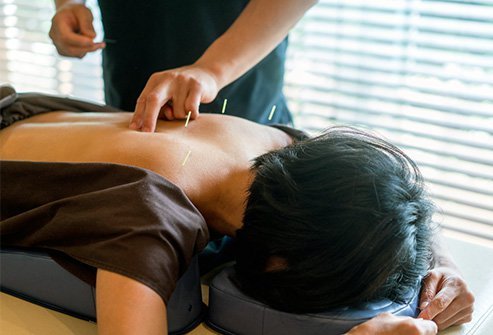It is not surprising that massage therapy has become so popular that many people don’t know enough about the type of massage they want. Perhaps this is due to the fact that most people care 홈타이 about the massage and what it does for them.Although the above attitude is acceptable, it’s not a bad thing. However, a little more knowledge always pays. These facts might be of interest to Thai massage fans:
Thai massage is recognized by the Thai tradition of medicine.
Thai massage was founded in the 5th Century B.C. by Dr. Jivaka Comarabhacca. Meditation and nutritional healing are the other two.
Many people consider it a medical discipline.
It may be because it is used as a treatment for many ailments. The Thai government has also recognized and regulated traditional Thai medicine (or TTM). This is true, but it is important that you 홈타이 note that this TTM branch is not only recognized and regulated by the Thai government, but also has a lot more non-medical practitioners, especially in Western countries, where it is becoming more popular.
It is rooted in Ayurvedic healing, Chinese medicine.
Many accounts of the origin of this branch in traditional Thai medicine support the idea that it was a mixture of Ayurvedic medicine and Chinese medicine.The second and more obvious clue is in the method used by Thai massage professionals. The Ayurvedic/yogic concept of nadis, or energy centers, is similar to the sen lines. Some people find these “lines” resemble the meridian/energy theory of Chinese ancient medicine. The only difference is that the sen lines in Thai do not connect to an individual’s internal organs.
Thai Massage has a touch of Indian philosophy.Ayurvedic philosophy, especially the one that deals with the concept of tridoshas, plays an important role in the success and enjoyment of a Thai massage session. Because the recipient’s constitution, that is, whether they are vata or pitta or kapha, determines which yoga poses will be used by the 홈타이 practitioner to instill a sense of balance. For example, if the recipient is pitta, the practitioner will help him/her to get into the cobra yoga position; if he/she’s a kapha the plough will be used; and if the recipient is vata, the palming method will be used with a focus on his/her shoulders.

